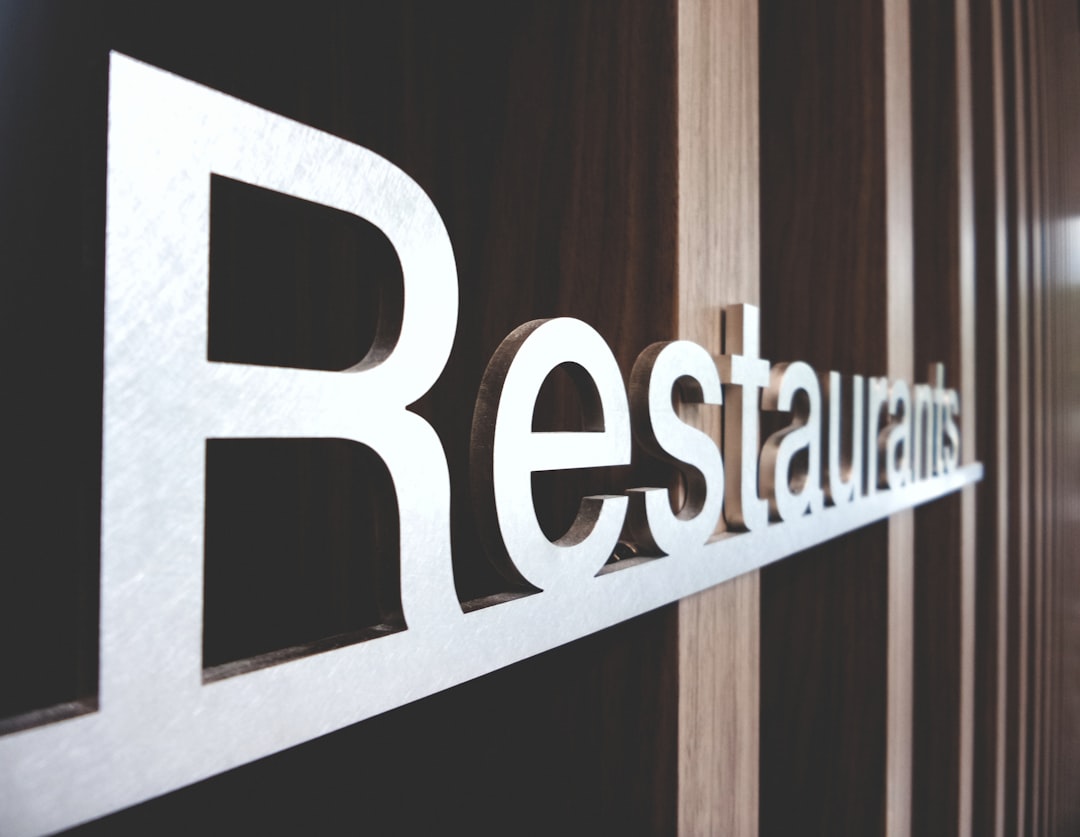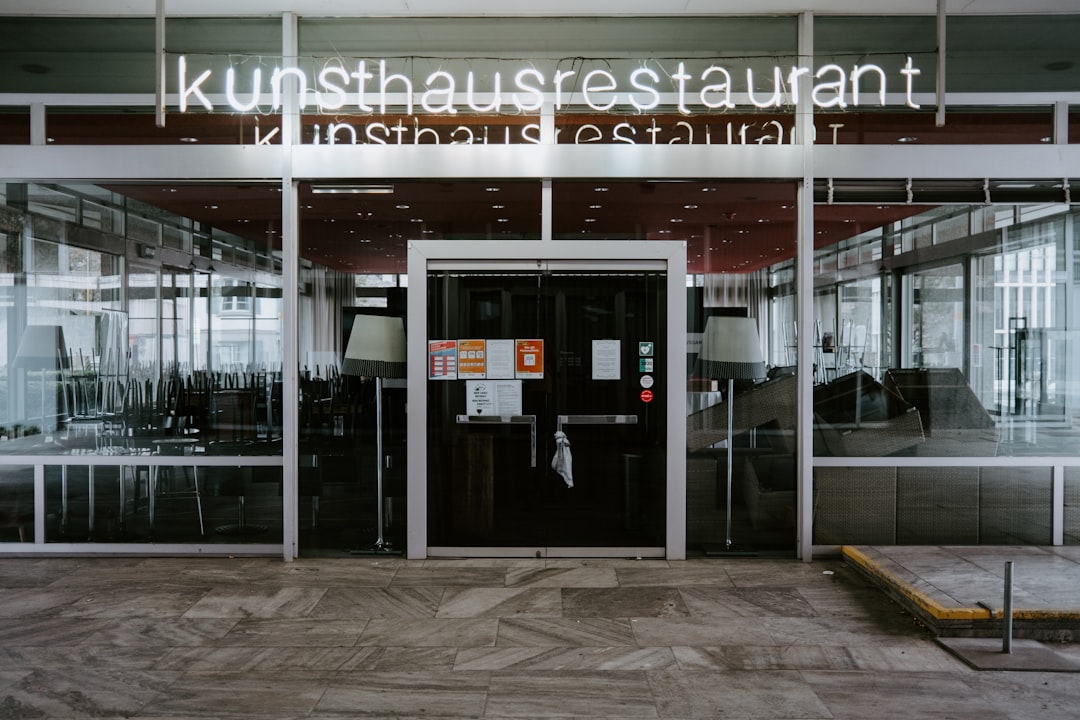In today's digital-first world, your restaurant's online presence is as crucial as the quality of your food. With consumers increasingly discovering and choosing dining options online, implementing effective digital marketing strategies has become essential for food businesses of all sizes.
The restaurant industry is highly competitive, and standing out requires more than just great food. Consider this: 90% of guests research a restaurant online before dining—more than any other business type. Your digital presence directly impacts your ability to attract new customers and retain existing ones.
Digital marketing allows you to:
The shift is undeniable: today's diners make decisions based on what they see online before they ever taste your food. A strong digital strategy isn't just nice to have—it's essential for survival.
Social media platforms are perfect for food businesses because eating is inherently visual and social. Instagram and TikTok have become particularly powerful for restaurants.
Implementation tips:
According to Digital Silk, social media enthusiasm for food and beverage brands is at an all-time high. Leverage this enthusiasm by creating shareable content that showcases your unique offerings.
For example, a neighborhood pizzeria might post a time-lapse video of their wood-fired oven in action, or a cocktail bar could showcase their mixologist creating signature drinks with unusual ingredients—both creating visual stories that entice viewers to experience it themselves.

64% of consumers use Google My Business to find business information. An optimized profile drives traffic to both your physical restaurant and online ordering platforms.
Implementation tips:
Think of your Google Business Profile as your restaurant's digital front door. When potential customers search "Italian restaurant near me" or "best brunch in Seattle," your profile determines whether they find you. Regular updates—like posting about your weekend specials or seasonal menu changes—keep your profile fresh and engaging.
98% of customers read reviews before choosing a restaurant. Actively managing your online reputation is no longer optional.
Implementation tips:
When responding to negative reviews, avoid being defensive. Instead, acknowledge the issue, apologize sincerely, and explain how you're addressing the concern. For example: "Thank you for your feedback about your wait time on Saturday. We apologize for the inconvenience and have added additional staff for our busy weekend shifts."
Remember that potential customers aren't just reading reviews—they're judging how you respond to them. Your responses reveal your restaurant's values and commitment to customer satisfaction.
Direct communication channels like email and SMS are powerful tools for building customer loyalty and driving repeat business.
Implementation tips:
A family-owned bakery might send an email newsletter every Thursday with weekend specials, along with the story behind a new pastry recipe. Meanwhile, a quick-service restaurant could send SMS alerts about flash discounts during slow hours to boost traffic. Both strategies create direct lines to customers who have already shown interest in your business.
Collaborating with food bloggers and local influencers can significantly expand your reach and credibility.
Implementation tips:
Local food influencers often have dedicated followings that trust their recommendations. A strategic partnership might look like hosting a tasting event for several micro-influencers simultaneously, creating a buzz as they all share content about your restaurant within a short timeframe. Their authentic experiences, shared with followers who value their opinions, can drive significant traffic to your establishment.
Over 1.5 billion consumers worldwide engage with augmented reality. This technology can create memorable interactions with your brand.
Implementation ideas:
Imagine a customer pointing their phone at your menu and seeing a 3D model of each dish appear, complete with ingredient information and preparation method. Or a custom Instagram filter that lets users "wear" your signature dessert as a hat, creating shareable moments that spread organically. These experiences are novel enough to generate word-of-mouth marketing while providing practical value.
U.S. companies spent $56 billion on social media paid advertising last year. With precise targeting, even small restaurants can effectively reach potential customers.
Implementation tips:
A small budget can go far with smart targeting. For example, a cafe might run Instagram ads targeting users within a 3-mile radius who have recently viewed coffee shop content. The ads might show during morning commute hours with a special offer for first-time visitors. This hyper-focused approach ensures your marketing dollars reach only the most relevant potential customers.
87% of consumers perform product searches online. Optimizing your content for search engines ensures you're visible when potential customers are looking for dining options.
Implementation tips:
When a potential customer searches "best Thai restaurant downtown" or "gluten-free bakery near me," you want your restaurant to appear at the top of results. This requires intentional keyword research and content creation. A Thai restaurant might create content about the history of specific dishes they serve, while a bakery could publish gluten-free recipes that showcase their expertise in allergen-friendly baking.
The most effective digital marketing strategies don't exist in isolation—they complement and enhance your overall restaurant operations. This is where platforms like Spindl can make a significant difference.
By integrating your digital marketing efforts with your order management, delivery, POS, and loyalty systems, you create a seamless experience for both customers and staff. This integration allows you to:

When a customer clicks on your Instagram ad, orders through your website, and then arrives for pickup, the entire process should feel cohesive. Integration ensures that your marketing promises align with operational reality—preventing situations where promotions drive traffic that your kitchen can't handle or where customer data fails to transfer between systems.
Digital marketing's advantage is its measurability. Track these key metrics to gauge effectiveness:
Use analytics tools to identify what's working and what needs adjustment. Digital marketing is not a set-it-and-forget-it endeavor—it requires ongoing optimization.
For example, if your email campaigns consistently outperform your social media ads in driving reservations, you might allocate more resources to email while refining your social strategy. Similarly, if you notice that certain types of content (perhaps videos of your chef in action) generate significantly more engagement than others, produce more of that content.
Audit your current digital presence
Evaluate your website, social profiles, and online listings for accuracy and effectiveness. Is your menu up-to-date everywhere? Do images represent your current offerings?
Identify your unique selling proposition
What makes your restaurant special? Is it your authentic family recipes, farm-to-table ingredients, or innovative fusion cuisine? This should be the cornerstone of your marketing.
Choose the right platforms
Focus on channels where your target audience spends time rather than trying to be everywhere. A fine dining establishment might prioritize Instagram and email, while a quick-service restaurant might focus on TikTok and SMS.
Create a content calendar
Plan your content in advance to ensure consistency and strategic alignment. This prevents the common pattern of enthusiastic posting followed by long periods of silence.
Allocate resources appropriately
Determine budget and staff time for each marketing channel based on potential return. Be realistic about what your team can maintain.
Implement tracking systems
Set up analytics to measure performance from day one. Establish baseline metrics so you can recognize improvement.
Test, learn, and adapt
Use data to continuously refine your approach. What works for one restaurant may not work for yours—find your unique formula.
The digital landscape for restaurants is constantly evolving, but the fundamentals remain: authentic engagement, visual appeal, and seamless customer experiences are the ingredients for successful food business marketing. By implementing these strategies and embracing digital tools that integrate with your operations, you'll create a recipe for sustainable growth in an increasingly competitive industry.
